Osprey Conservation Program
Once a rare sight, Ospreys are now seen in Essex County soaring over coastlines, diving into waters to catch fish, and perching on their large nests.
Since 2008, Greenbelt has focused on Osprey conservation by building and maintaining nesting platforms, collecting data, educating the public, and collaborating on research to advance Osprey conservation.
Donate to Support Osprey Program Interactive Map of Osprey Nests in Northeast Massachusetts Email Your Questions
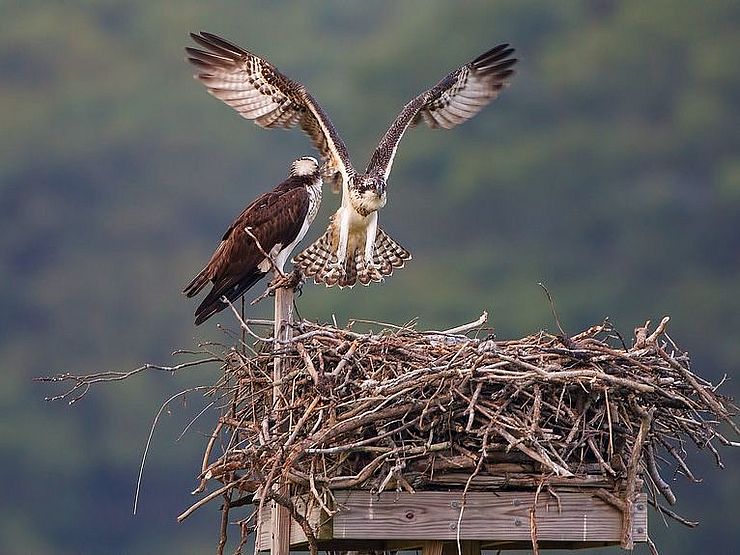
OspreyCam
Osprey Annie and Squam are currently enjoying the warmth of southern climates and will remain there until spring. The OspreyCam is now live and ready for their return! We’re hopeful that they will contribute to the growing osprey population in Northeast Massachusetts by adding new chicks this season.
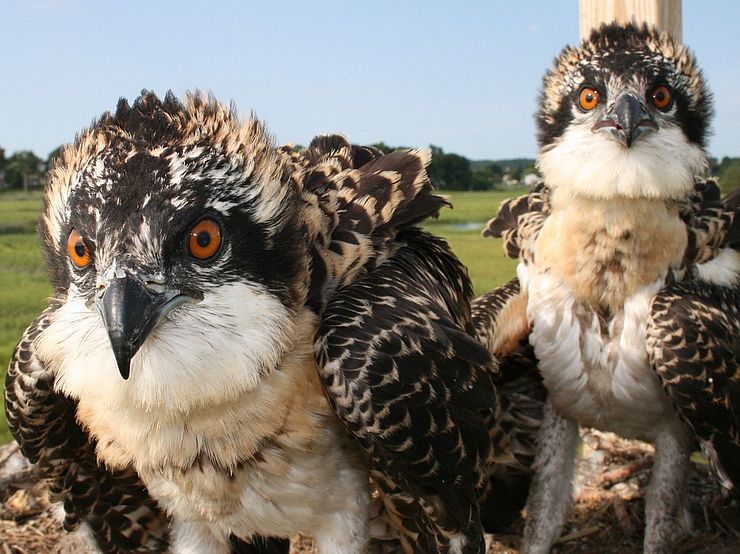
Virtual Osprey Story
Learn about Greenbelt’s Osprey conservation program in this multi-media presentation.
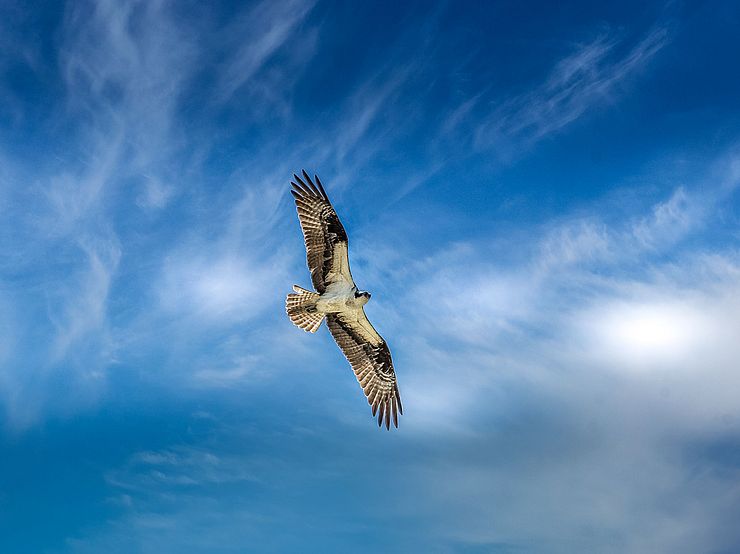
Osprey Annual Reports
Each year, Greenbelt provides an update on the status of Osprey breeding in Essex County.
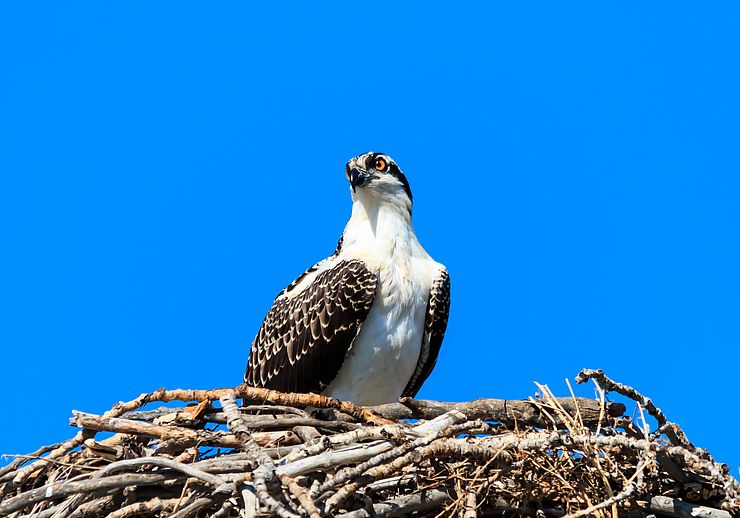
Become A Citizen Scientist!
Join Greenbelt as a volunteer to help monitor active Osprey nests north of Boston.
Now accepting volunteers for the 2026 monitoring season!
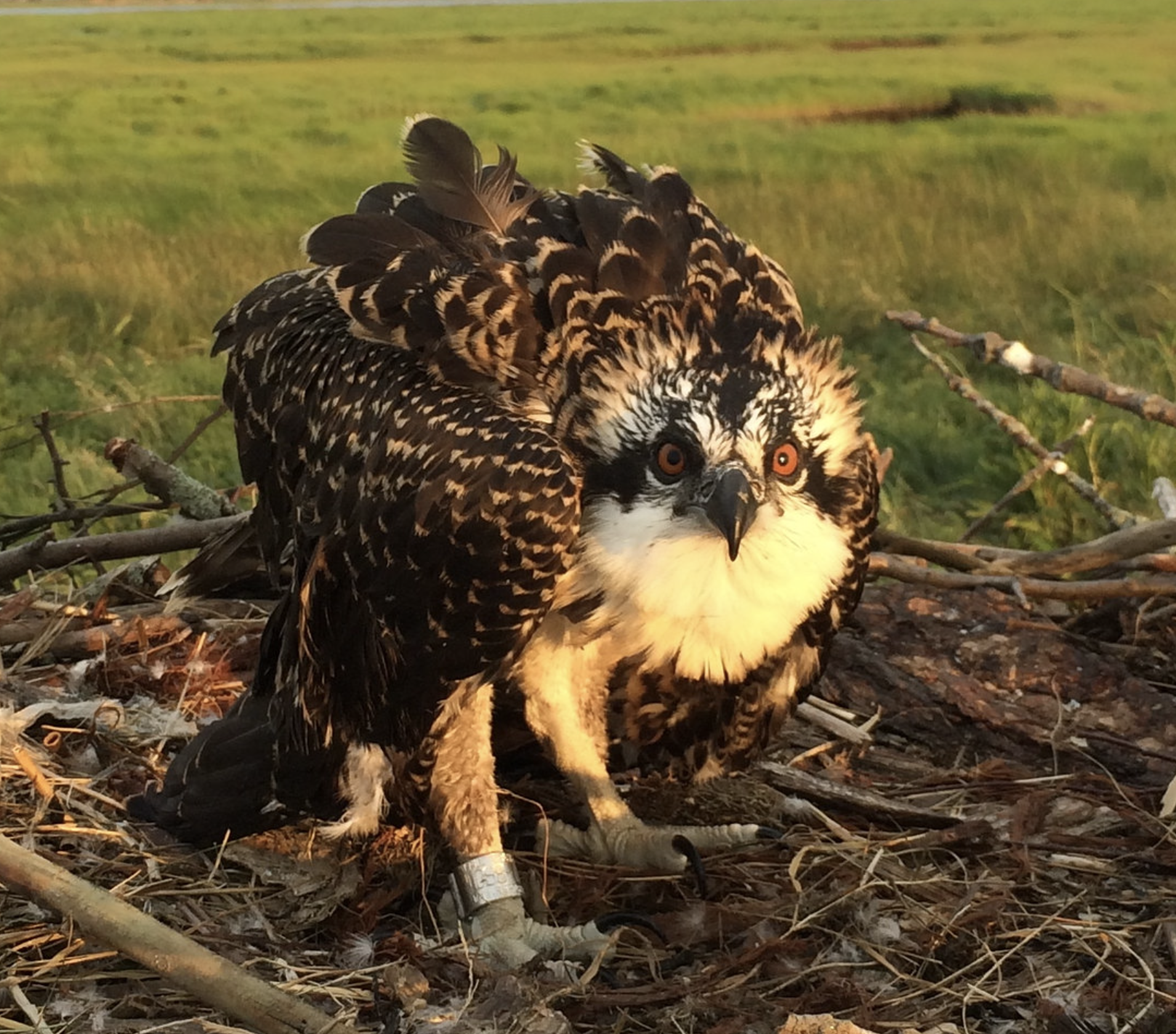
Osprey Sightings & Monitoring Form
Greenbelt’s Osprey Volunteers report on nest activity.
